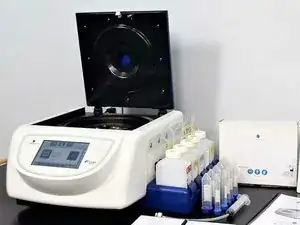Background and Identification
Gram staining, also called Gram’s Method is a form of staining which differentiates and classifies bacterial species. The bacterial species are classified into two groups: gram-positive and gram-negative. Gram-postive bacteria stain violet due to it’s thick peptidoglycan layer in the cell wall while Gram-negative bacteria stain red due to a thinner peptidoglycan wall.
The way gram staining works takes three processes. The first process is staining the sample with a water-soluble dye called crystal violet. The second process is called decolorization. Lastly is counterstaining, usually with safanin.
Additional Information
Wikipedia: Gram Stain
Carleton: Gram Staining

